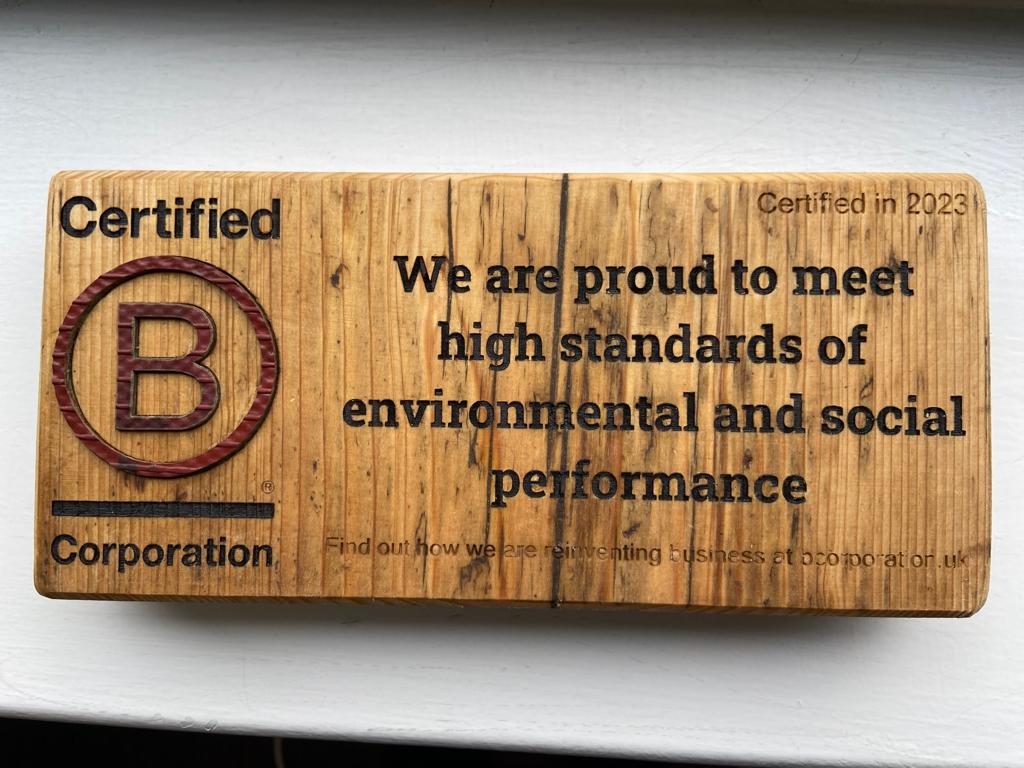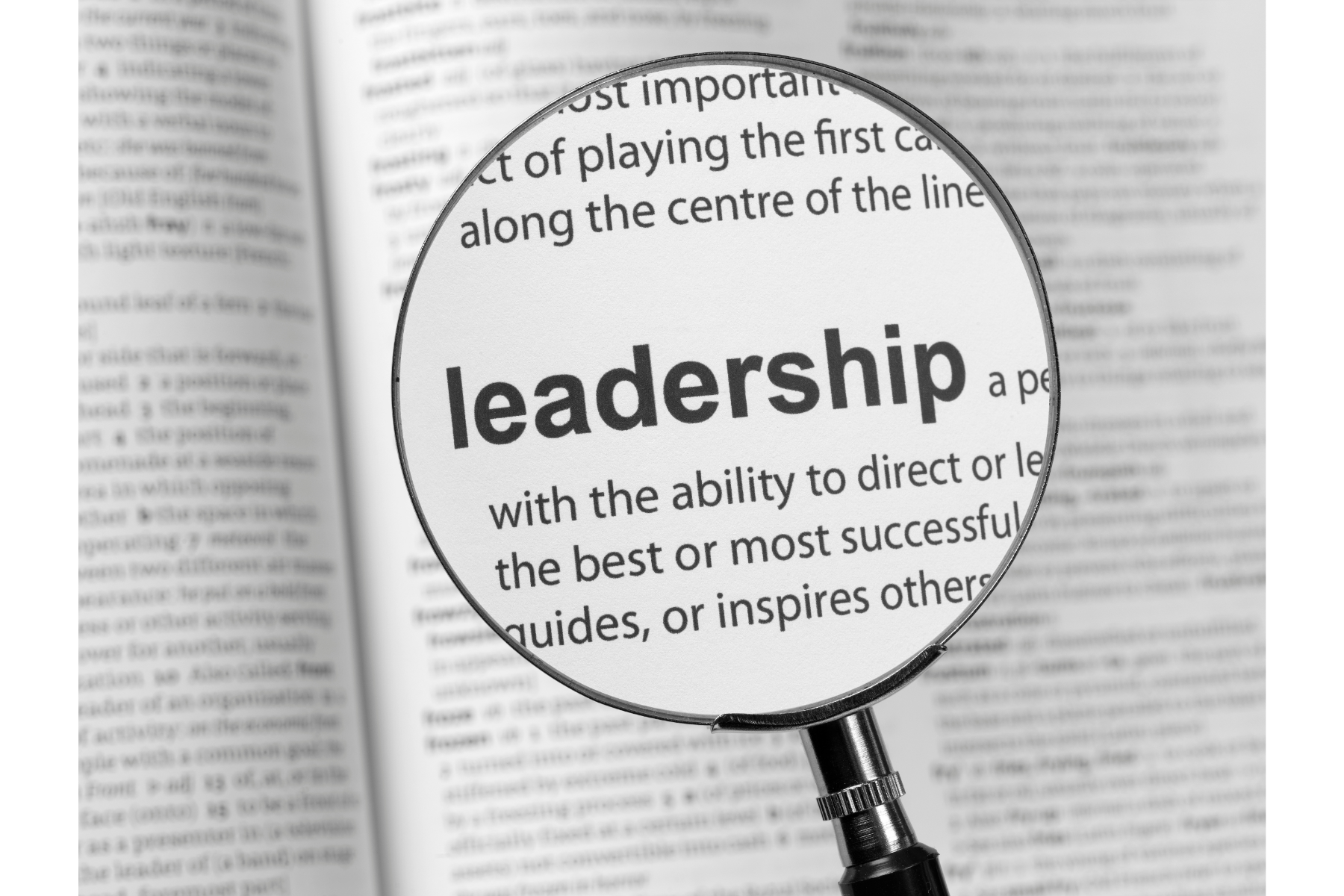Keep individual recognition simple
Talking to someone recently about keeping up morale and motivation in these disruptive post-Covid times, it struck me just how good we are in business at unnecessarily complicating simple concepts.It is clear that people’s attitudes to work have shifted after the enforced situation over the past eighteen months. We should not be surprised. People have been given an opportunity to contrast and compare the unexpected benefits of lockdown with the more usual daily grind and all the stresses and strains that go with it. If working life is more often than not perceived to be an unpleasant treadmill, then this break from routine has resulted in many saying enough is enough.
I get the impression that there is a lot of knee-jerking going on. Putting up pay, improving conditions, working from home and greater flexibility in the working week may be an expensive waste of time if it does not address the root cause behind this clear dissatisfaction with the daily grind.
Thank you
The answer is undoubtedly multi-faceted but it is much more likely to be about the atmosphere in the workplace than about clauses in the employee handbook. One key element is the need for employees at all levels to feel valued. Survey after survey emphasises that being appreciated is one of the most powerful elements in workplace motivation. And it is not complicated - just getting round to using two of the most neglected words in the leadership lexicon, “thank you”, can have a dramatic impact on how people feel.
It may sound easy but for most of us sadly it isn’t. We have to get it right and this means practice. The actual process of saying thank you may take less than ten seconds but within that time, you have to get everything right to achieve the objective of genuine motivation. This includes:
1. Sincerity - the recipient has to believe that the appreciation is genuinely felt. That can be difficult if the whole leadership team embarks on a new recognition regime and is seen to do so. For a while you may be thought to be recognising simply because you have been told to do so. Some of us may also have a perceived leadership style which makes the process smack of “going through the motions”.
There is no quick answer here. You simply have to keep at it until you get it right. For a small minority, this make take months but it will be well worthwhile in the end, especially if the overall leadership approach is also changed in other directions towards a more interpersonal style.
2. Confidentiality - there is often a tendency to make public acclamation the norm when expressing appreciation. There are three problems here. Firstly, opportunities for these events do not present themselves with regularity. Delaying recognition may introduce an unhelpful artificiality. Secondly, this is supposed to be an exercise in motivation but will publicly backfire if you make a mistake in recognising the wrong person or the wrong accomplishment. Thirdly, many feel embarrassed by public acclamation and others may feel neglected. Confidentiality is the least risk option by far.
3. Never, ever, confuse recognition with reward - even quasi rewards like a meal out or a bunch of flowers or some other token. Rewards are only motivational in the first pass and not always then. Beyond that a sense of entitlement will appear which will probably end up in dissatisfaction. Don’t take the risk. Keep it to a simple verbal interchange.
In brief, the ideal approach to individual engagement is to catch the target by themselves with no-one listening or observing from the side. Then it is simply:
“Hi Caroline (using first name is essential)
You remember that report you did for me on our key product markets (highlighting exactly what you are recognising them for)
It was really useful and highlighted the problem exactly. Thank you for producing it. It was really appreciated" (Make certain they know they have been thanked. You would be surprised how many of us don’t achieve that through either embarrassment on our part or a lack of concentration)
All of this takes about ten seconds. Some may wish to shake hands to close off the interaction and demonstrate sincerity (like me) but that is entirely down to you. As long as you are sincere, and perceived to be so, it should have the desired effect. Just do this sparingly and it will start the process of improving general morale. As a rough guide, each conscientious employee should be thanked in this way every six to eight weeks. It is important that all in leadership or influential positions should exhibit the same behaviours so that the entire workforce is covered.
In summary, this approach to individual recognition costs nothing, is relatively easy to adopt and sustain, and will have a significant impact on morale and motivation. What’s not to like?
John Oliver OBE
If you are interested in finding out more about how we help our delegates to improve their leadership skills in order to develop themselves, their teams and their organisations, and would like to learn from John on our next LEAD™ program, please get in touch with Jo Draper or Stewart Barnes.
Our next effective leadership program for senior leaders (LEAD™) starts in November, and our next management development program for future leaders (LEADlight) will start in January 2022.



